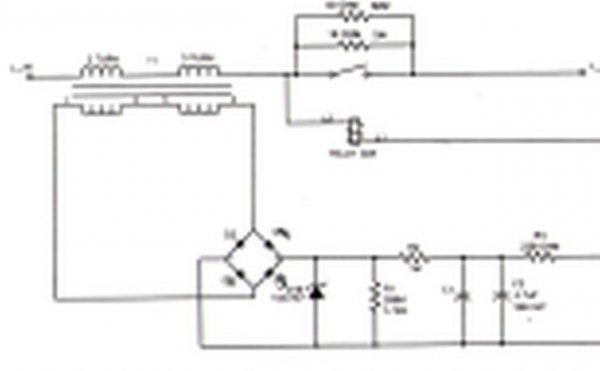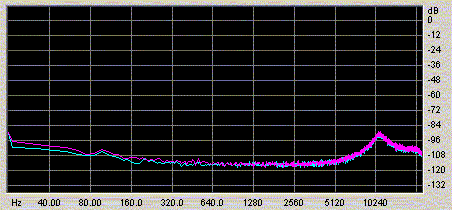If people were only worried about the audio spectrum of noise then we can clearly throw out almost all engineering practices of every sort. Why bother with balanced cables ever? Just toss all your **** in the trash because it has lots of care to reduce noise from a huge range, mostly above the audible level. Why? Because the audible signal that is the music gets modified by noise within and out of the audible region. It's not hard to understand. But by all means have it custom made equipment with no noise control at all, have fun with bleeding ears, explosions, fire, etc...
Balanced cables are used to stop the ground currents that are multiples of 60 Hz from getting mixed with your audio signal. SurgeX cannot and will not filter those low frequencies. If such ground loops exist, they will continue to exist. Balanced interconnects are indeed the right and powerful solution to ground loops/currents. This is why we bother with balanced cables. It has nothing to do with EMI/RFI filter that operates at far higher frequencies.
As to music mixing with noise, it does. The issue is that you have not demonstrated that there are noise problems to solve with a mains high frequency AC filter. As I have explained and shown, the power that drives your electronics is DC and that DC power supply has filtering. Such noise can readily be measured. I have shown such measurements. You have not. You are relying on FUD (Fear, Uncertainty and Doubt) to sell your idea.
Do a simple exercise if inserting ultrasonic noise into your music and then tell me if you can hear it. You won't. You absolutely won't. The best proof of that is that there is a ton of high-res music downloads that have such components yet people are not aware of them at all.
Funny example of this is a friend asking me about these tones that are sold online for therapy. I took one of the files and analyzed it and found this:
The tones on the left are the ones supposedly providing therapeutic effect. But if you look at far right, you see this other pure tone whaling at 16.58 Khz. If you search for that, you find that it is the scan rate of an Apple computer monitor that was used to capture these files from analog to digital! Countless people have been listening to this high frequency tone without knowing it!
So come back with some data to back what you say. Anything really that shows what damage is done with high frequency interference and why our dearly paid for high-end audio gear is incapable of filtering them.
Finally we get to the Fear factor with reference to "fire." I assume you mean the standard marketing line of these devices saving you from lightning. Nothing is further from the truth. Lightning has incredible amount of power. We had one hit our home in Florida and it shocked my wife on the phone and it literally blew up the Romex electrical lighting wiring inside the walls! You really think that kind of power can be contained in that little transformer? That is like wearing a Hockey mask and standing in front of traffic while a truck hits you and think you can walk away!

Nothing will stop a lightning that hits close to your home. If however it hits farther out, then the best place to deal with it is at your meter or mains entrance. There, you can shunt that power into the (earth) ground. Indeed that is why that earth ground exists. It is to lower the let through voltage into your home by making the differential voltage smaller between the distribution point of power and your home. And there you better get an industrial rated one with very short cables.
A point of use device like what we are talking about is not about that.
Again, I want to say that SurgeX in that class of device is a cadillac. It is just that in the context of high fidelity sound or stopping a lightning, it doesn't make sense.



















